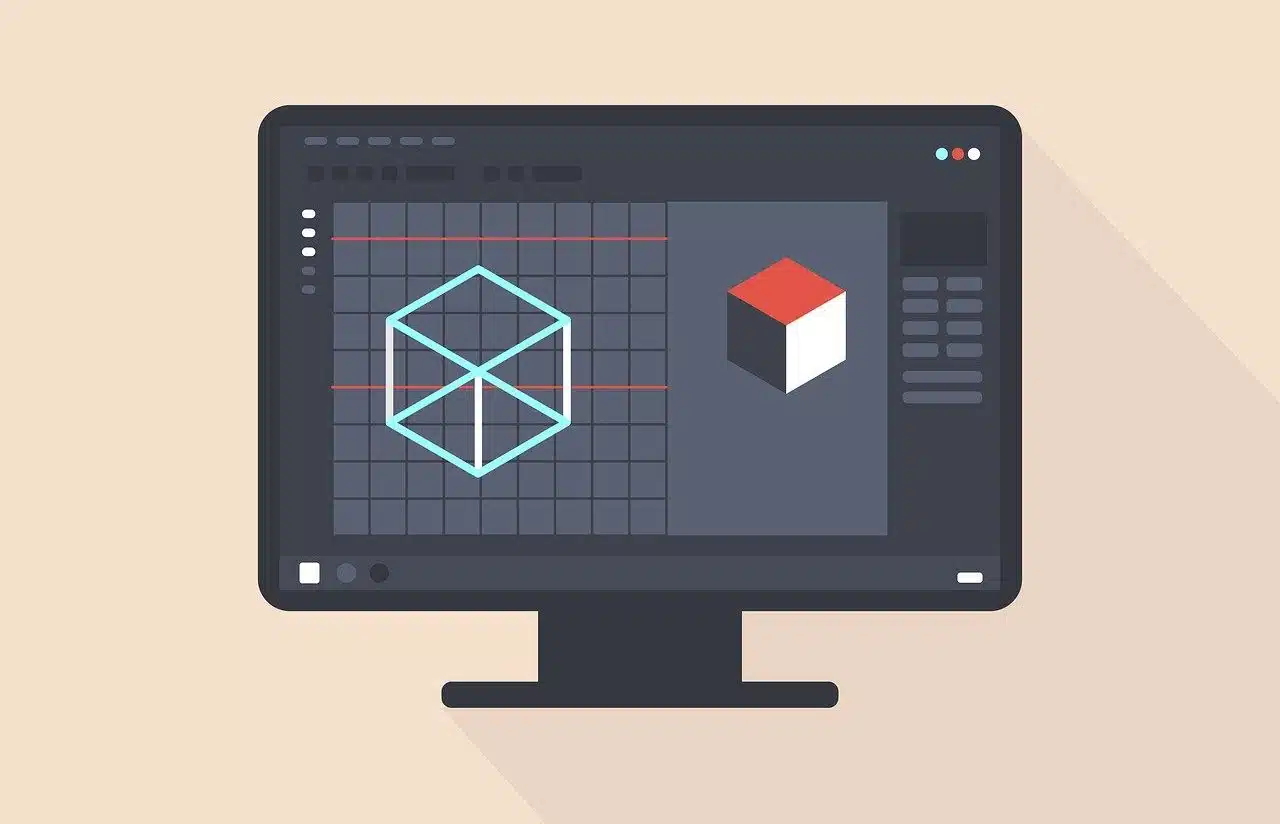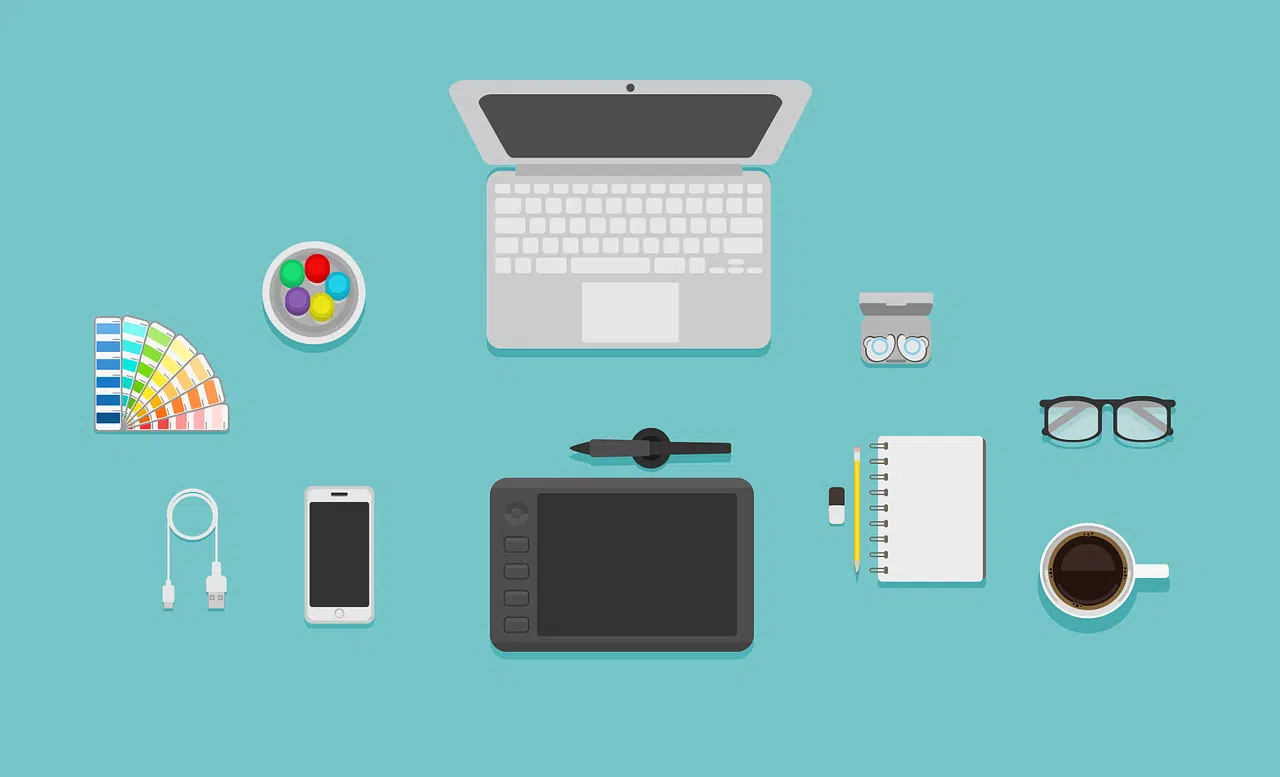
A graphic design expert can contribute to the construction of a brand's visual identity.
Graphic design is the activity dedicated to the development of content that allows for visual communication . The designer creates a message with a specific objective, aimed at a specific audience.
The Italian word disegno came to Spanish as design . The term is used with reference to the delineation of something or the elaboration or configuration of a project . Graphic , for its part, is something linked to a representation that is made through figures or signs .
What is graphic design
Graphic designers are responsible for ensuring that information reaches the recipient, through visual support , in a clear and attractive manner. Graphic design appears in multiple areas: from the advertising sector to the Internet , including the publishing industry, packaging and signage.
The definition of graphic design as a trade or profession is relatively recent. However, humans have communicated through graphic signals since Prehistory . Therefore, in a certain way, man has always dedicated himself to this type of design, although he currently has more tools and technical knowledge than decades ago.

A graphic design professional has the possibility of creating his or her own design studio and working freelance.
Discipline today
Today graphic design is usually developed with digital instruments, using computers and computer programs (software). The designer, in this way, can generate and modify illustrations, page layouts, posters, etc. Some of the most used tools are Illustrator , InDesign and Photoshop .
Suppose a company wants to install new signage in its customer service offices. The person in charge of the company decides to turn to a graphic design expert to create a logo , determine the most convenient colors and shapes, and choose the typography . This way you can optimize communication through graphic resources.

The graphic design specialist can assume the art direction of a corporate project.
The importance of discreet graphic design
Graphic design is one of those fields that is available to everyone thanks to the characteristics of current computers, just as is the case with writing and programming, among others. However, having the tools is not the same as having the vocation, talent and dedication .
The Internet constantly tempts us to become graphic designers: from the simple scaling of our photographs for use as an avatar on a social media account to the arduous task of customizing the look of our blogs , it pushes us to rely on our good taste to combine colors and shapes. However, few achieve acceptable results, since the majority fall into a series of very common errors.
One of the best tips when creating a graphic design is to create a discreet color palette , with as few shades as possible. To do this, it is essential to start with a solid idea, a clear objective, and this is achieved after asking ourselves a series of questions such as "What do I want to create?" Because? What audience am I targeting? Are there similar examples? » .
If we are going to make a blog about life in the jungle, for example, we could build a color palette with different shades of green and brown, inspired by the vegetation. Of course, these two colors would not be enough, since they do not contrast enough, and that is why black and white should never be missing as the basis of any design in which there is text .
The problem that most people incur when they take their first steps in the world of graphic design is that they overload their creations, both in terms of shapes and colors. The best decision is usually the one that leads us to economize on these two elements : a clean and clear design can be impressive and attractive , while an excessive one usually stuns the public.
A wide-ranging area
Beyond style and trends, graphic design is an area with relevance in many areas. Specialists are trained to work with all types of visual elements and take care of issues related to aesthetics .
An expert in graphic design can contribute to branding (the construction of a brand) through their contributions to the visual development of the corporate image . The graphic designer, in this framework, can be in charge of the composition of a logo, studying the proportion of the vectors, the colors, etc.
This knowledge also comes into play in web design . The banners used on the sites, for example, have to respect certain aesthetic criteria.
A company's stationery (catalogs, brochures, brochures, packaging design) should also be in the hands of a graphic design professional. The same happens with the graphic section of printed and digital publications (books, ebooks, magazines), since someone suitable is needed to design each illustration and infographic , in addition to the front and back covers .
From the moment he begins to express his ideas in a mockup , grid or layout until that creativity is poured into a print or a digital template , the designer is prepared to define and direct the graphic style of different projects and products.
